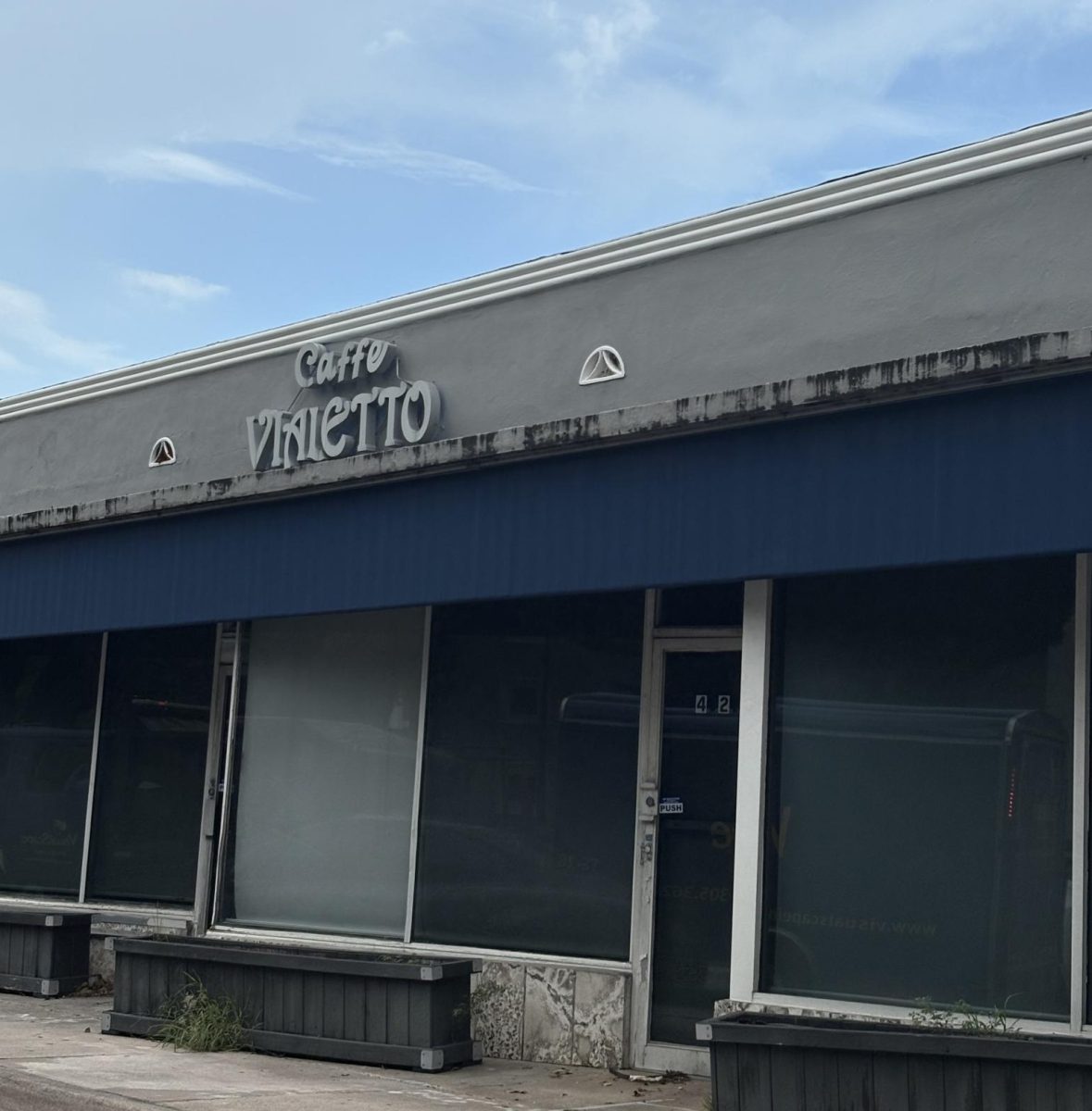For senior Emma Angeli, the closings feel personal.
“It’s really upsetting. My friends and I used to meet at our favorite cafe after school, and now it’s gone.”
Emma says the change makes Miami feel less connected, as those everyday spots where people gathered are no longer there.
Senior Alessandra Alvarez felt the same, pointing out how these closures affect more than just food.
“It’s not only about eating. Most of the restaurants here are part of the culture we have in Miami. They’re where families celebrate birthdays, where people spend time together. Losing them makes the city feel emptier. Some malls have closed so many restaurants and even stores that it looks abandoned.”
Alessandra believes that the closing of small, family-owned restaurants is especially hard because they carried tradition and identity for so many families and groups of people that made many unforgettable memories together.
Senior Aya Bardawil said that the change is a shift in Miami’s character.
“When you walk past all the empty restaurants and malls that look dead, it doesn’t even feel like Miami anymore. For example, Sunset Place used to be a mall with many different stores and restaurants, and now it looks dead and abandoned.”
Though new restaurants will eventually open, many residents worry they won’t carry the same type of comfort as the ones most have always dined at. As Emma, Alessandra, and Aya expressed, the closing of Miami’s restaurants is not just about business, it’s also about community. The reasons for the closures include higher costs, increasing rents, and fewer Miamians dining out because of less disposable income.
As more restaurants disappear, Miami residents are left asking what their city will look and feel like in the years to come. Some neighbors worry that new restaurants won’t be the same as others and that with prices being so high, most new places will be too high end to even eat at all. Others hope new owners will bring fresh ideas that still respect Miami’s culture, and hopefully the prices not be too high. The changes are a reminder of how quickly Miami has transformed and become extremely expensive, and how important it is to support local businesses while they are still here.









